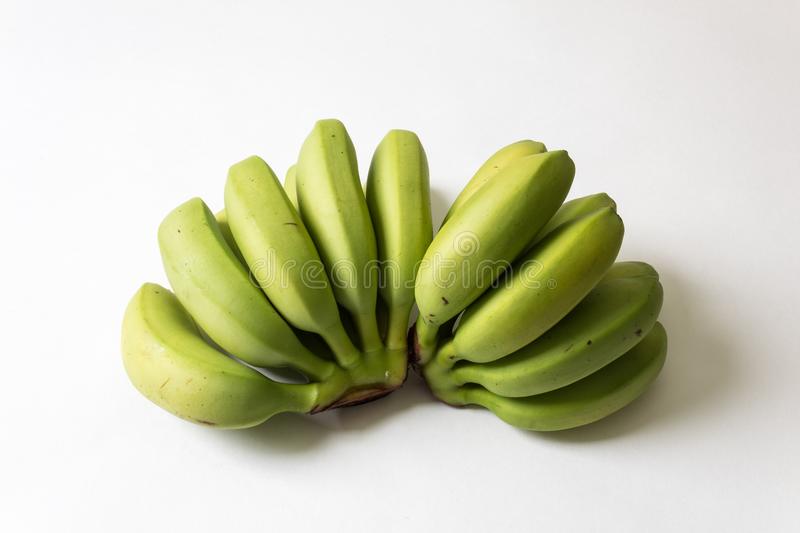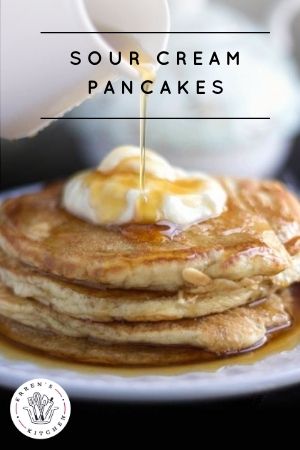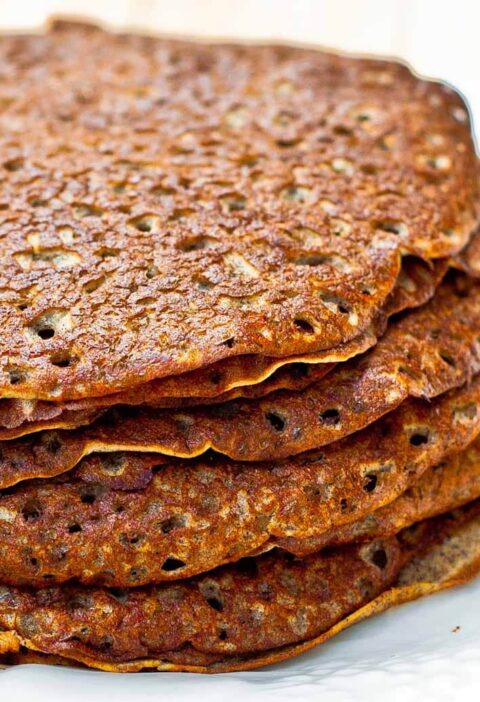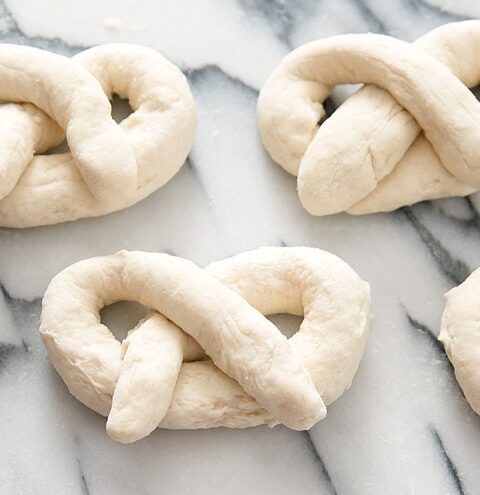This is the science of how I altered this Banana Bread recipe to test a hypothesis. The science of the original recipe can be found HERE.
The adjustment that I decided to do to the recipe was to use under ripe bananas instead of overripe bananas. I thought about using normal bananas instead, but I felt like that wouldn’t be a big enough change. This will definitely change the taste, and overall sweetness of the bread, but I think it’s also going to have an unexpected result as well.
Because there are less free sugars, and more complex carbohydrates because they haven’t converted yet, I think there is going to be less Maillard reactions. In the chemical reaction, although there is some fructose in the granulated sugar, the bananas provided the majority of the fructose, and if there’s less sugar and less Maillard browning reactions, the bread is going to end up being a lighter color.
I think that the bread could also be less dense because of the complex carbohydrates. The chemical structure of the carbohydrates when compared to the free sugars are a lot more complex and probably don’t layer as easily as the sugars. The long carbohydrate chains take up more space and could result in the bread being less dense. On the other hand, if the bananas are harder to mash up, it could result in larger banana chunks in the bread, which is just a fun little surprise.
Other than that, however, I don’t believe there will be much change to the rest of the science compared to the science of the original recipe. The process of combining the ingredients and the materials used are still the same, so the cooking time should be relatively the same. The leavening agents are also the same, so I don’t think the bread will have any trouble rising enough.



